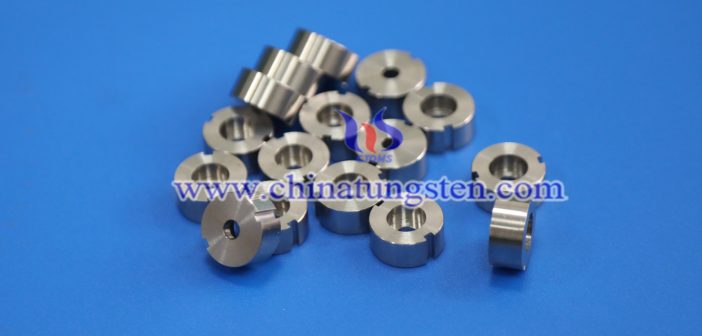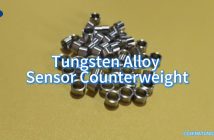Radiation detection sensors play a vital role in various fields, including medical imaging, nuclear power monitoring, aerospace, and security applications. To ensure the accuracy and longevity of these sensors, high-performance materials are required. Tungsten alloy has proven to be one of the most effective materials for radiation detection sensors due to its exceptional density, radiation absorption capability, and durability.
One of the primary reasons tungsten alloy is used in radiation detection sensors is its high density. With a density close to that of lead but with significantly greater mechanical strength, tungsten alloy is highly effective at shielding against harmful radiation. This makes it a preferred material for sensors used in X-ray and gamma-ray detection, ensuring that external radiation interference is minimized while improving the precision of measurement.
Another crucial advantage of tungsten alloy is its radiation absorption efficiency. In medical applications, such as CT scanners and PET imaging, radiation detectors must accurately measure radiation levels while protecting both patients and healthcare professionals from excessive exposure. Tungsten alloy is widely used in shielding components and sensor housings, enhancing both safety and effectiveness.
In addition to its shielding capabilities, tungsten alloy is extremely durable and resistant to environmental degradation. Radiation sensors are often exposed to harsh conditions, including high-energy radiation, extreme temperatures, and mechanical stress. Tungsten alloy maintains its structural integrity even under prolonged exposure to these conditions, ensuring the longevity of radiation detection equipment and reducing maintenance costs.
Furthermore, tungsten alloy’s non-toxic nature makes it a safer alternative to lead, which has traditionally been used for radiation shielding. As industries increasingly prioritize environmentally friendly and health-conscious materials, tungsten alloy stands out as a more sustainable and effective choice for radiation detection sensors.
In conclusion, tungsten alloy is a critical material for radiation detection sensors, offering superior radiation shielding, durability, and environmental safety. Its application in medical imaging, nuclear monitoring, and aerospace ensures accurate radiation detection and protection, making it an essential component in modern radiation sensing technologies. As advancements in radiation detection continue, tungsten alloy will remain a cornerstone material in the development of safer and more efficient sensors.




